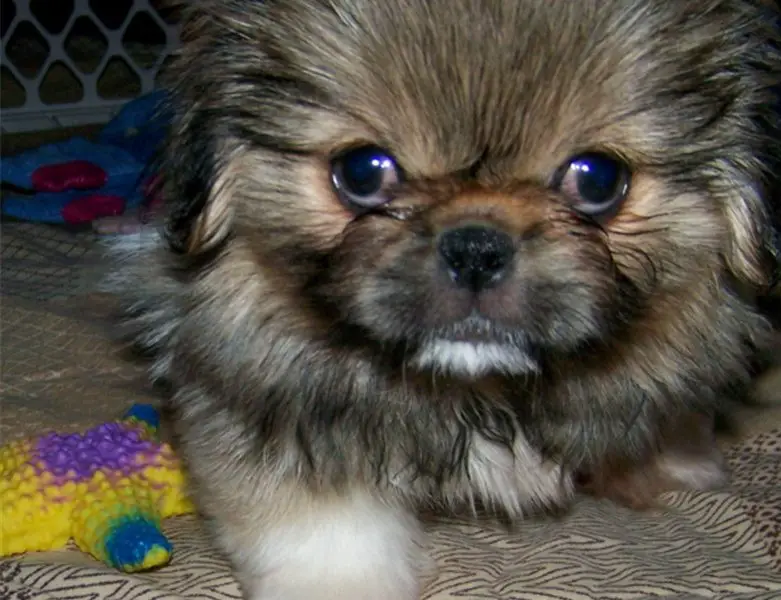Pekingese puppies for new homes
Cape Town, Great Daneekingese are native Chinese dogs, which have an appearance like toy dogs, and look quite dainty. However, their face has a lion like appearance, which hints at the underlying courage and dignity of this dog breed. Pekingese were originally royal dogs kept as pets by the Emperor of China. Pekingese dogs enjoyed a high social status in China. At one time, they were considered to be the manifestation of Foo Dogs, which drove away evil spirits. Commoners bowed down to the Pekingese dogs and stealing of this breed was punishable by death. It was only after 1860, when the British and French invaded China that the Pekingese were introduced to the West.
The Pekingese breed of dogs is compact in appearance with the front portion being heavy and hindquarters light. In size, the dog is tiny but still heavy in weight. The body of the Pekingese is muscular with stocky proportions. The average weight of a healthy full grown Pekingese is not more than fourteen pounds.
The head of the Pekingese is large compared to the rest of the body. The top skull of the Pekingese breed is huge, wide and flat. The skull looks wider than its depth when seen from the front. The resultant shape of the face is rectangular and when seen in profile, it looks flat. The side view of a Pekingese’s face shows that the chin, brow and nose leather – all lie on the same plane and tilt backward very slightly from the chin towards the forehead. Pekingese have heart shaped ears which are set cornerwise at the front of the top-skull. The ears lie flat against the head. The position of the ears adds to the square like appearance of the dog’s face.
The eyes of the Pekingese dogs are lustrous, dark and set wide apart. The round shape of the eyes gives it a look of perpetual wonderment. The eyes are rimmed with black and the white part never shows when the Pekingese looks straight to the front. The nose of this breed is broad, rather flat, short and black colored. The nostrils are wide open and the horizontal line at the top of the nose intersects at a point that’s a little above the center of the eyes.
